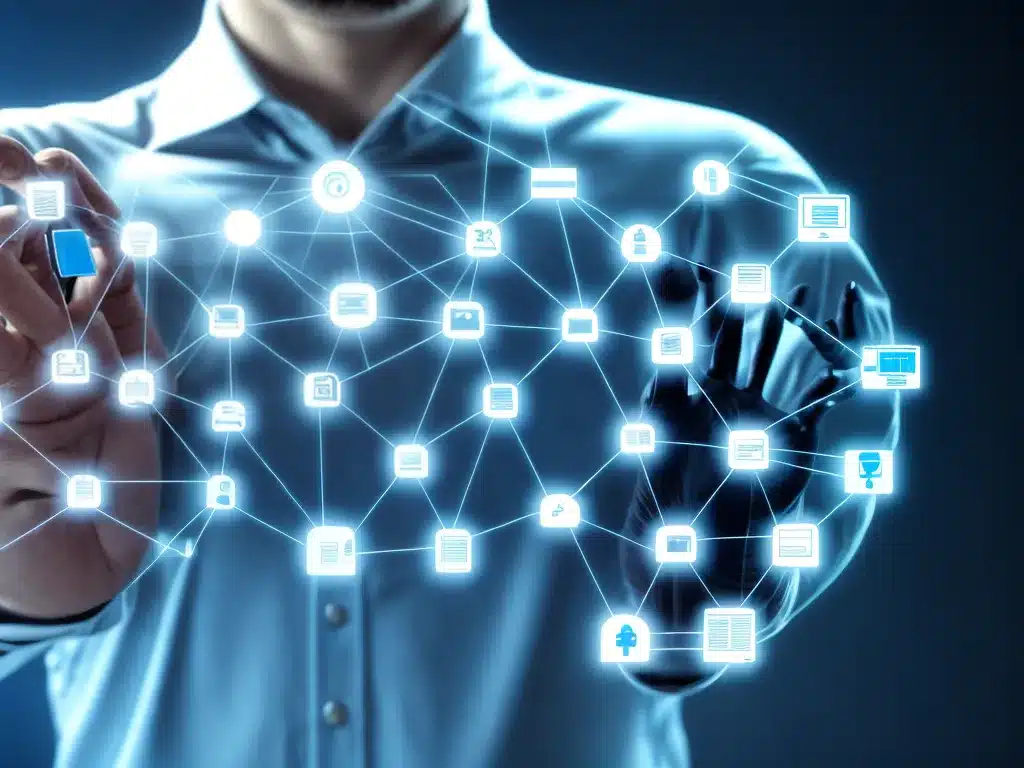
The Internet of Things (IoT) refers to the ever-growing network of connected devices and objects that collect and exchange data via the internet. From smart home appliances to wearables and industrial sensors, the IoT landscape is expanding rapidly. While the IoT enables exciting new capabilities, it also poses significant cybersecurity risks that must be addressed.
The Promise of IoT
The Internet of Things has transformed the way we live, work, travel, and more. By interconnecting devices and allowing them to communicate with each other, the IoT unlocks powerful new applications and insights.
Convenience and Efficiency
At home, IoT-enabled devices like smart thermostats, lights, and appliances allow us to monitor and control our living environment remotely. This leads to greater convenience, efficiency, and potential energy savings. Smart home devices can also automate routine tasks, freeing up more of our time.
Enhanced Health and Safety
Wearable fitness trackers and medical devices connected to the IoT allow healthcare providers to monitor patients closely and enable early diagnosis and prevention. Sensors on infrastructure and industrial equipment can alert operators to hazards or needed maintenance. IoT connectivity improves health, safety, and security across many domains.
Better Insights from Big Data
The IoT generates vast amounts of data from sensors embedded in a wide array of devices and settings. Applying analytics to this data can reveal patterns and actionable insights for individuals and organizations. From smart factories to smart cities, data-driven IoT deployments enhance operations and planning.
Emerging Risks and Challenges
While the IoT revolution brings many benefits, it also introduces cybersecurity vulnerabilities that must be addressed. As more sensitive data is collected and devices are integrated into critical systems, the risks continue to grow.
Expanded Attack Surfaces
Each connected device is a potential entry point for cybercriminals. The sheer number and variety of IoT devices greatly expands the attack surface. Insufficient authentication and unpatched vulnerabilities in IoT devices also pose threats.
Privacy Concerns
The data collected by IoT devices may contain sensitive personal information. There are often gaps, however, between the data collected and how it is actually used or secured. Privacy advocates have raised concerns over how this data could be exploited or misused without sufficient safeguards.
Safety and Reliability Risks
As IoT networks integrate with mission-critical infrastructure like power grids and transport systems, cyberattacks could pose significant public safety risks. IoT functionality also depends heavily on connectivity, meaning reliability issues or outages could cause catastrophic failures.
Regulatory Uncertainty
The IoT industry has grown faster than the development of regulations governing it. With IoT devices marketed and sold across borders, there is no unified regulatory framework addressing critical concerns like data protection, product safety, and security practices.
Securing the IoT Revolution
Realizing the full potential of the IoT requires an emphasis on security and responsibility among governments, organizations, and technology vendors alike. Some best practices include:
-
Data encryption – Sensitive IoT data should be encrypted both in transit and at rest. Encryption protects user privacy if devices are breached.
-
Access controls – Multi-factor authentication, contextual access controls, and micro-segmentation strategies limit unauthorized access in IoT systems.
-
Software updates – Manufacturers must provide continuous firmware and software updates to fix vulnerabilities identified in IoT devices.
-
Security by design – IoT products should be designed with security in mind from the outset, not as an afterthought. This includes both network and physical device security.
-
Partnerships – Information sharing and collaboration across manufacturers, service providers, and security researchers enable early threat detection and response.
-
User education – Users play a key role in IoT security. Educating consumers on risks and best practices improves baseline IoT hygiene.
The Internet of Things is redefining modern life. But realizing its full benefits requires vigilant and proactive management of the new avenues for intrusion it introduces. With strong security foundations and practices, we can build an IoT future that is both profoundly interconnected and trustworthy.












